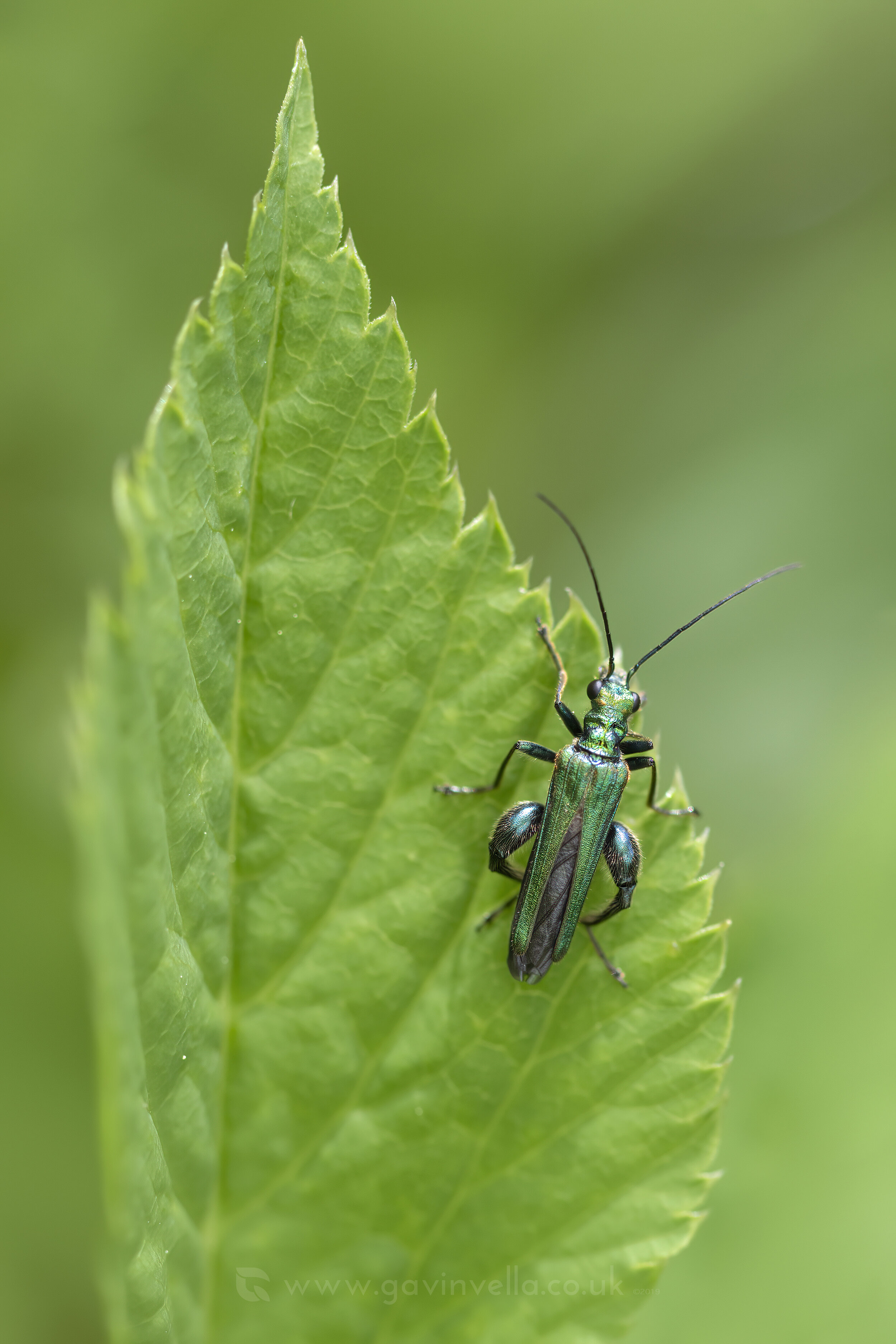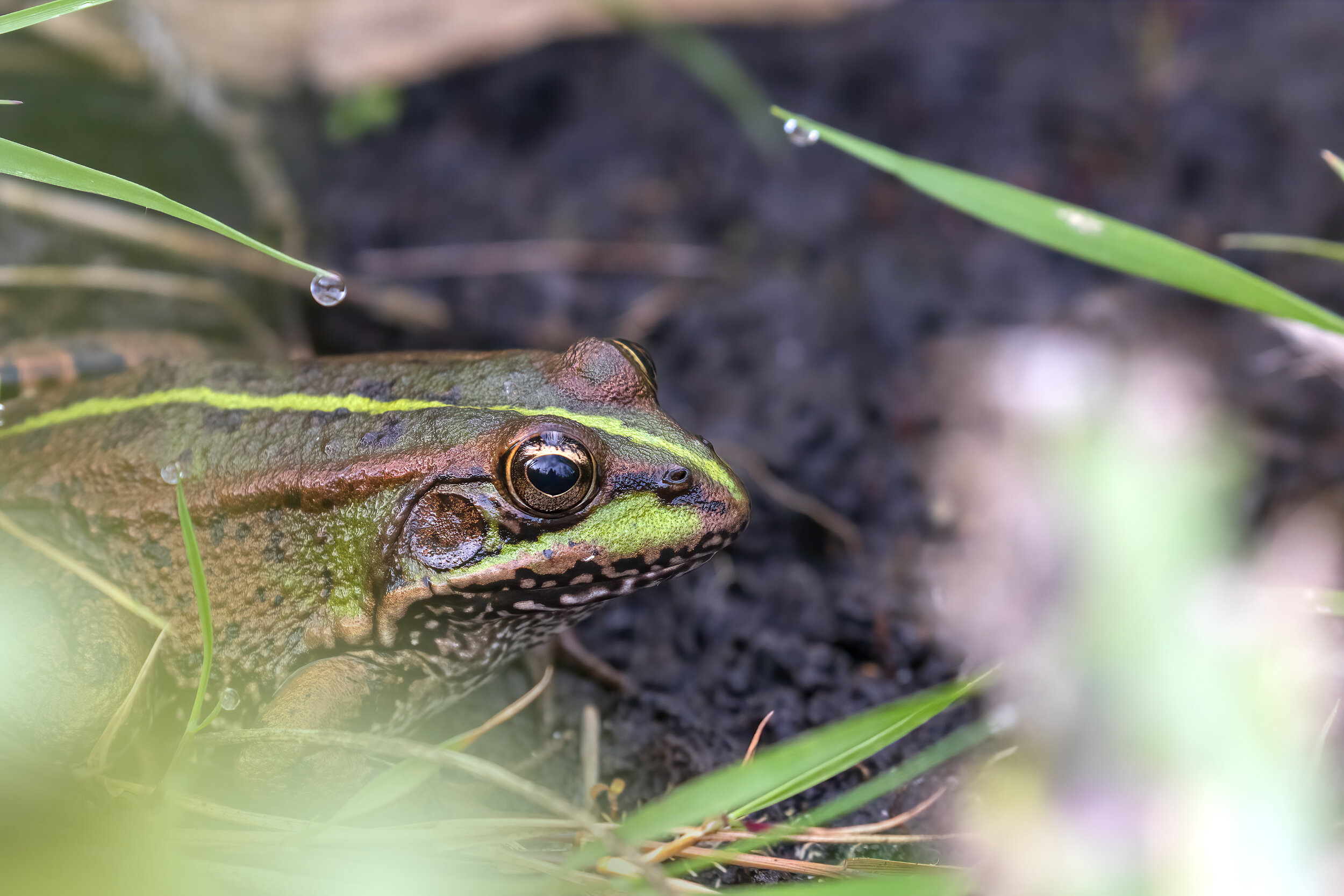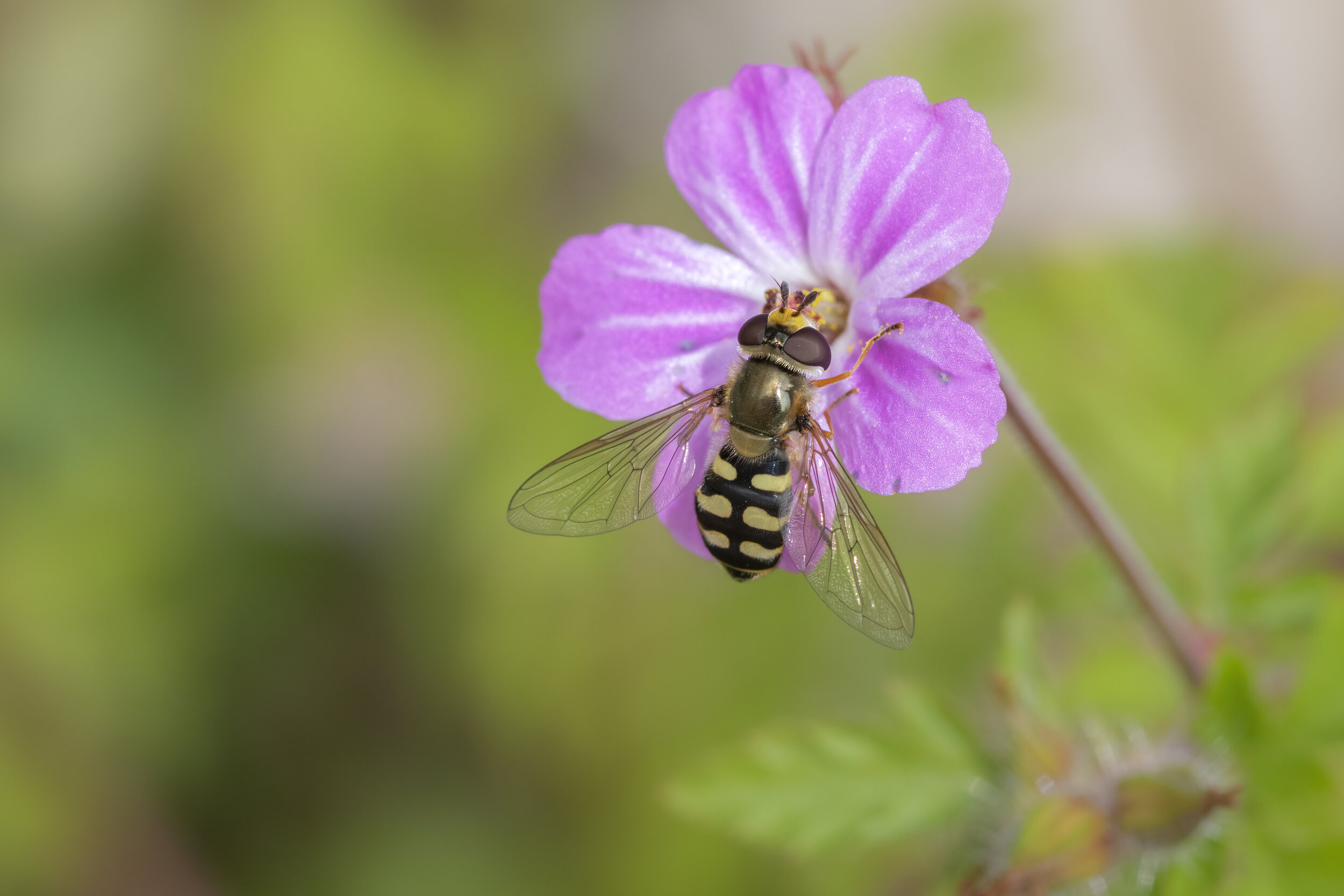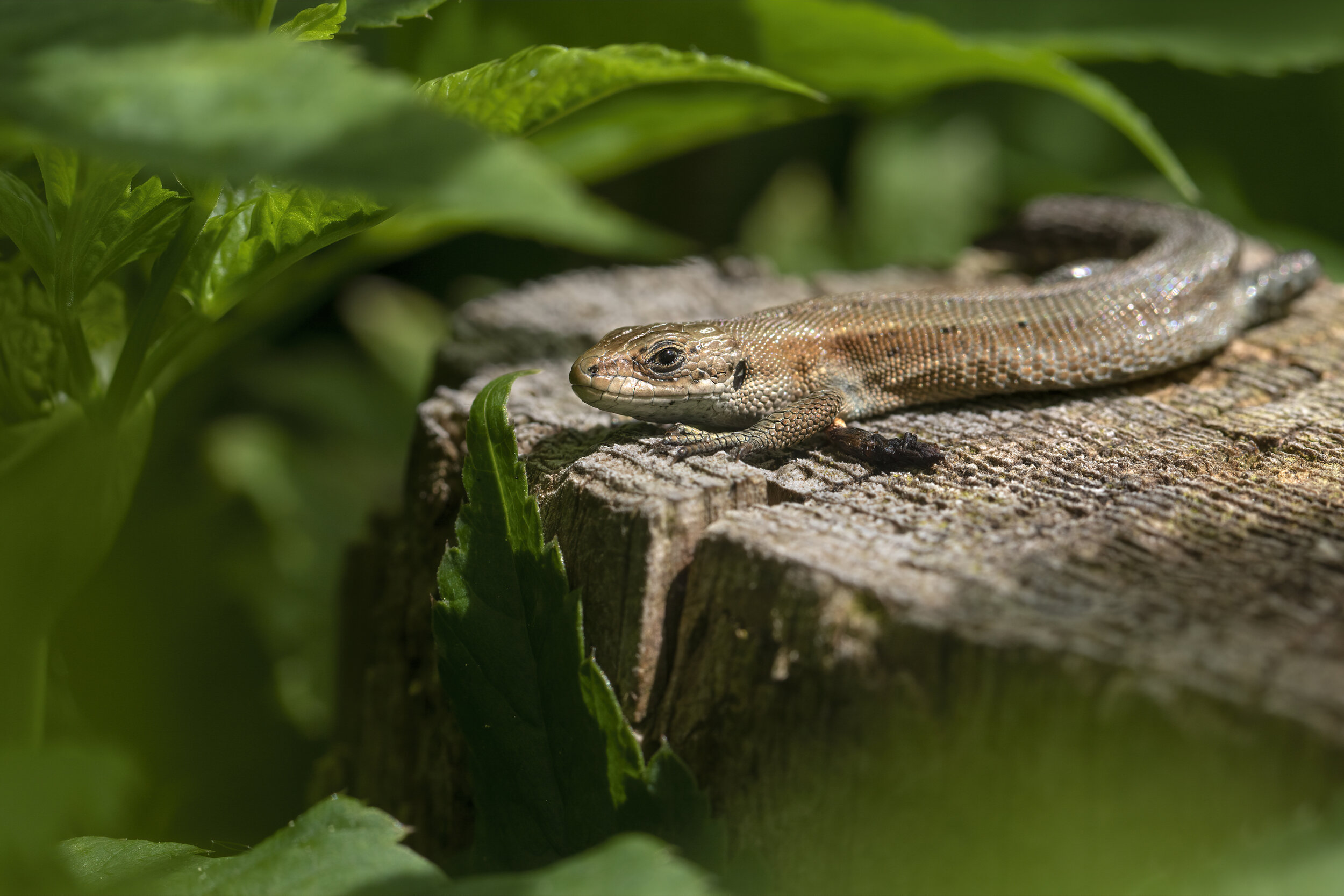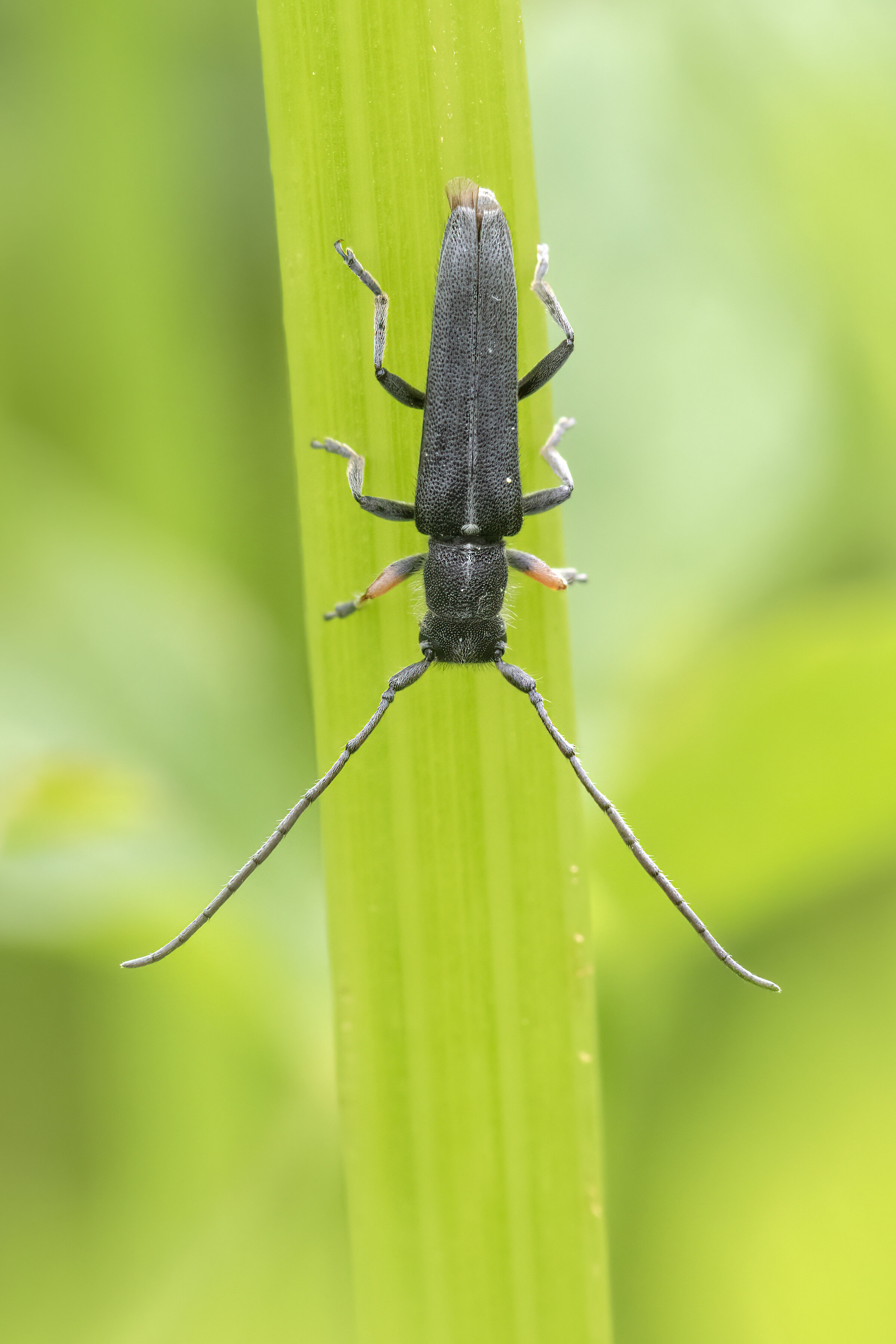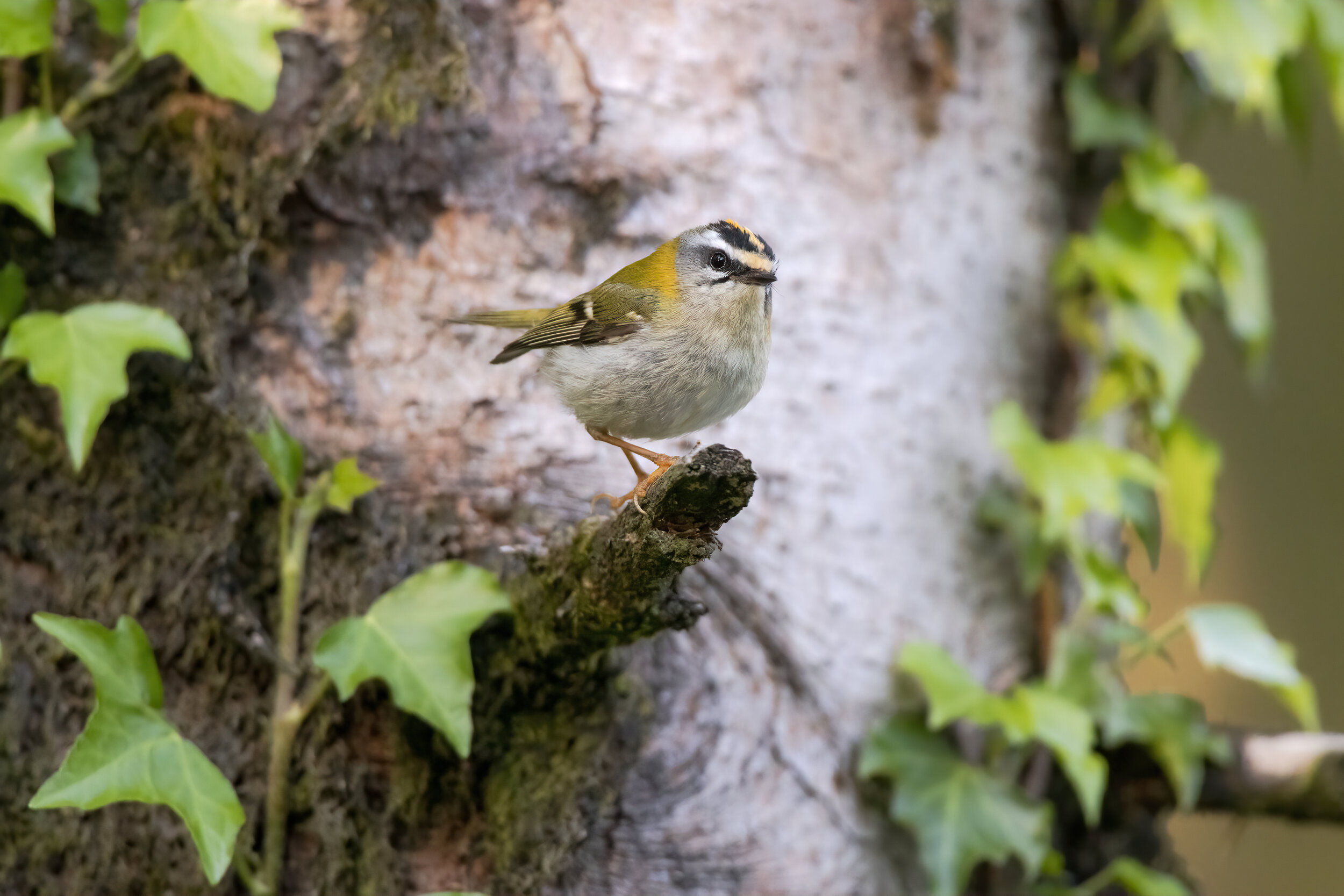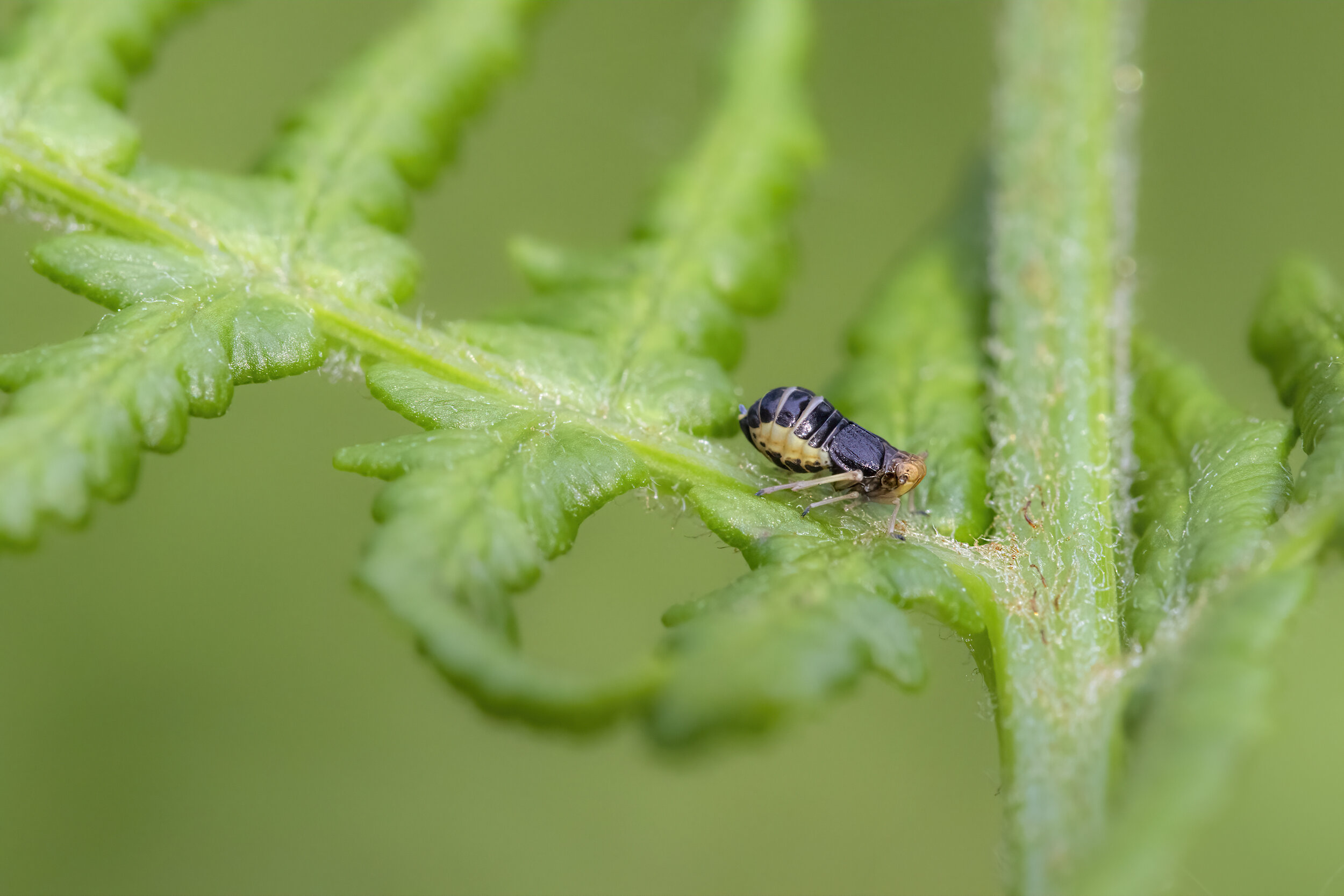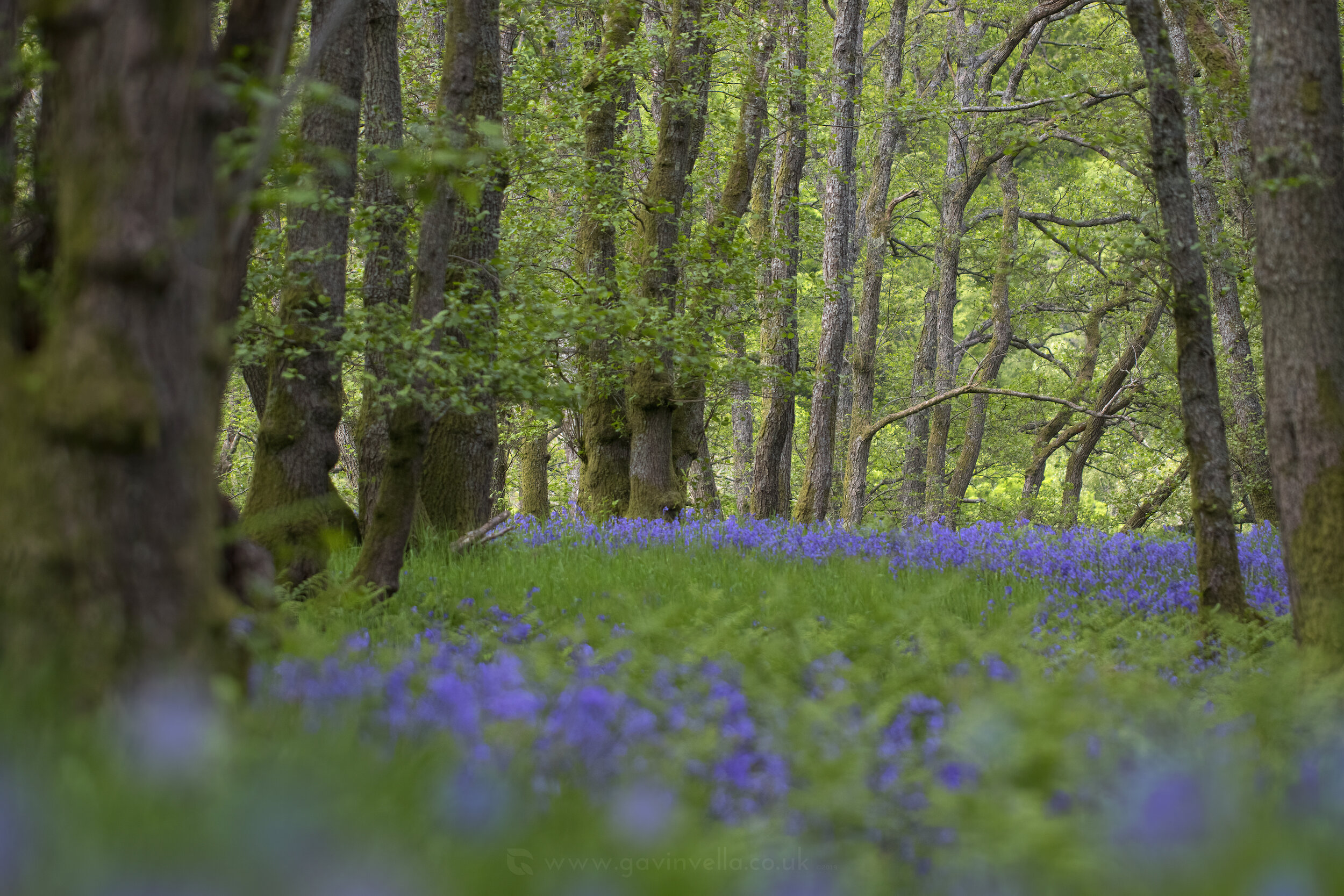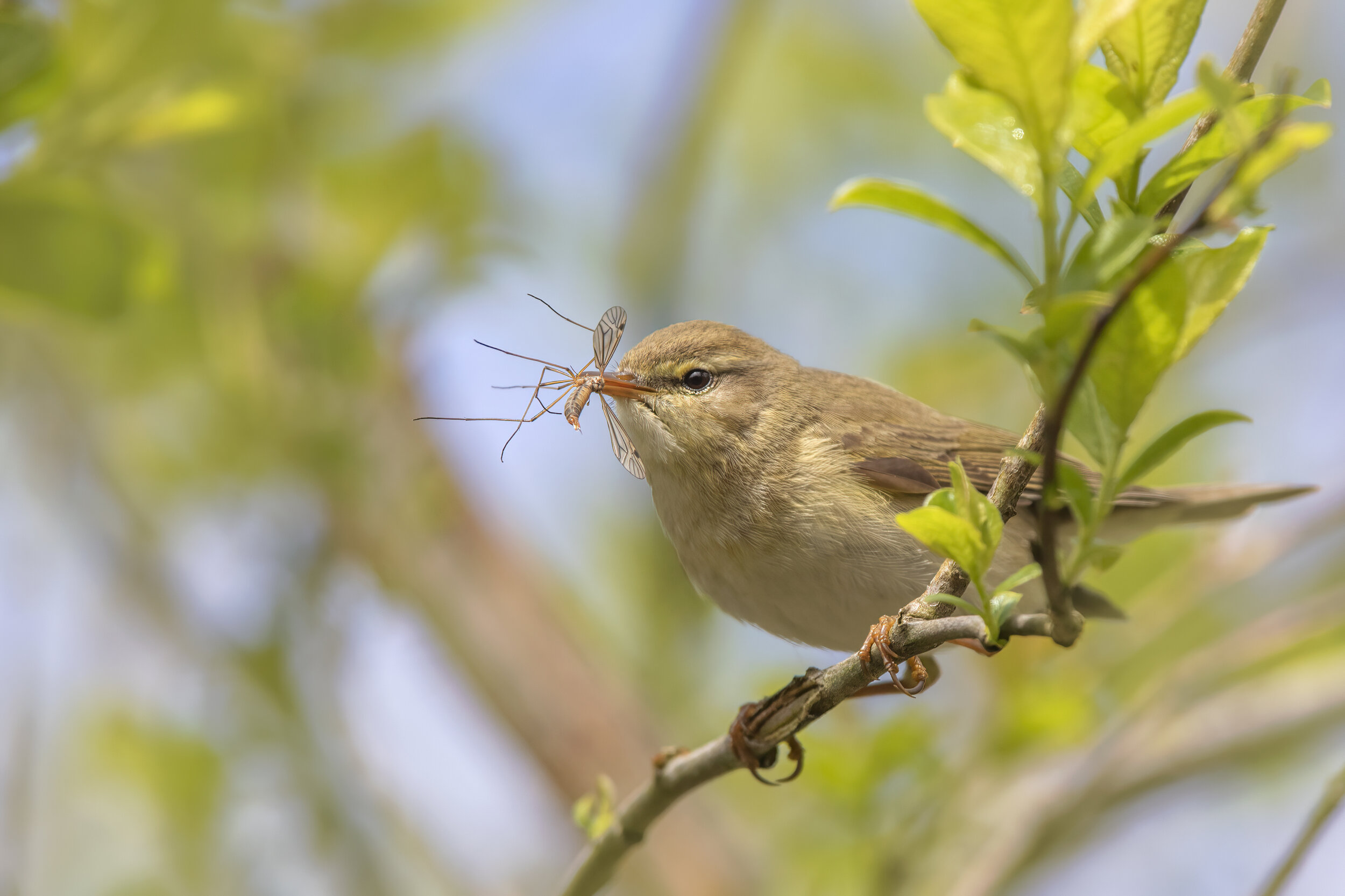What a month so far! No idea how I’m managing to fit all this in but it’s been such a special spring and despite a delay in the breeding season, things have burst into life, warm temps, lots of emerging insects, moths, dragonflies and just in time for our breeding birds to feed their chicks. I was beginning to worry about my Nightjar this year as Moth counts have been super low, which has resulted in them delaying their egg laying. Some have only just paired up which is crazy and overall I’m seeing less than half the pairs compared to the previous year. The bracken has come up quite fast as always though, so their habitat is looking perfect for egg laying. This month I’ve lead a few walks, one for In Our Nature CIC which was an introduction to Bird Song, with a perfect sized group. We aim todo another by the end of June to continue our progress. It’s great to see people show an interest in learning more about the natural world, as it really does help us find our place in the world. The other walk was my annual Nightjar walk for Gwent Ornithological Society, which was well attended with 20 people, but so many more people expressed their interest in another Nightjar walk as they weren’t able to attend the first, so we’ve arranged todo another on June 18th. Details of which to be found on the GOS website.
I’m not a twitcher, but it’s always nice to see or hear things I’ve never seen before, so every year I try to add a few more to the list of experiences. One big one has been hearing a Nightingale, as we don’t get them here in Wales and the closest know location is Highnam Woods in Gloucester. Two attempts, one in April (too early) and one in June (too late), so next year I must make more of an effort in May. It’s just difficult to enjoy spring as breeding bird survey season is the busiest time of year for me.
As you’ll see in the pics below I’ve still been quite busy. My nightjar have seen some drama, with one of my males injuring his nose. Still don’t even know if he’s survived his injury but he was paired up so I hope he does.
Recordings
For the minority sound recorders reading this, I’ve been beta testing a microphone configuration, using two Schoeps CCM 2’s (Loan from Schoeps) and my own Schoeps CCM 4 inside a Telinga/Rycote dish system. I’m always striving to improve the sound quality of my gear and with this setup, I really feel like I’ve hit the limits of what’s actually possible. The CCM 4 is the most accurate sounding microphone I’ve ever used, and in combination with two CCM 2’s outside of the dish, it really makes for a powerful setup in the right hands. I say in the right hands, because using the CCM 4 inside the dish, hand held, is quite difficult, as the handling noise compared to many of the more affordable Telinga Setups is no comparison. It just shows that in order to get the most accurate recording as far as sound quality is concerned, it comes at a cost. For me though, this cost is well worth it, as it’s forced me to approach my recordings differently. Most of the recordings below are still hand held, but for static subjects I’ve taken to using a monopod when possible, as it just gives me that extra stability and far less handling noise for longer time periods.
One of my favourite experiences using this new setup was actually at the River Warbler ‘twitch’ at RSPB Ham Wall Nature Reserve over the weekend. It’s a magical reserve that I’ve blogged about many times. It’s potentially my favourite reserve of all time, full of spectacular species, most of which are quite rare breeders anywhere else in the Uk. The River Warbler was the first in the country in almost 11 years I believe, so it’s a super rare bird and a first for me, but I was less eager to see it, and more excited to hear this incredible sound! They are very similar looking to a Grasshopper Warbler in terms of shape and size, but generally quite dark, with most of their more interesting features on the breast and under-tail coverts, but like I said, It’s all about that sound for me! and there’s nothing quite like it. Savi’s Warbler is more electric, Grasshopper Warbler is more like a Grasshopper but this sound is clearly a sound that is designed to carry over fast flowing water and is so much louder than any other bird I’ve he


